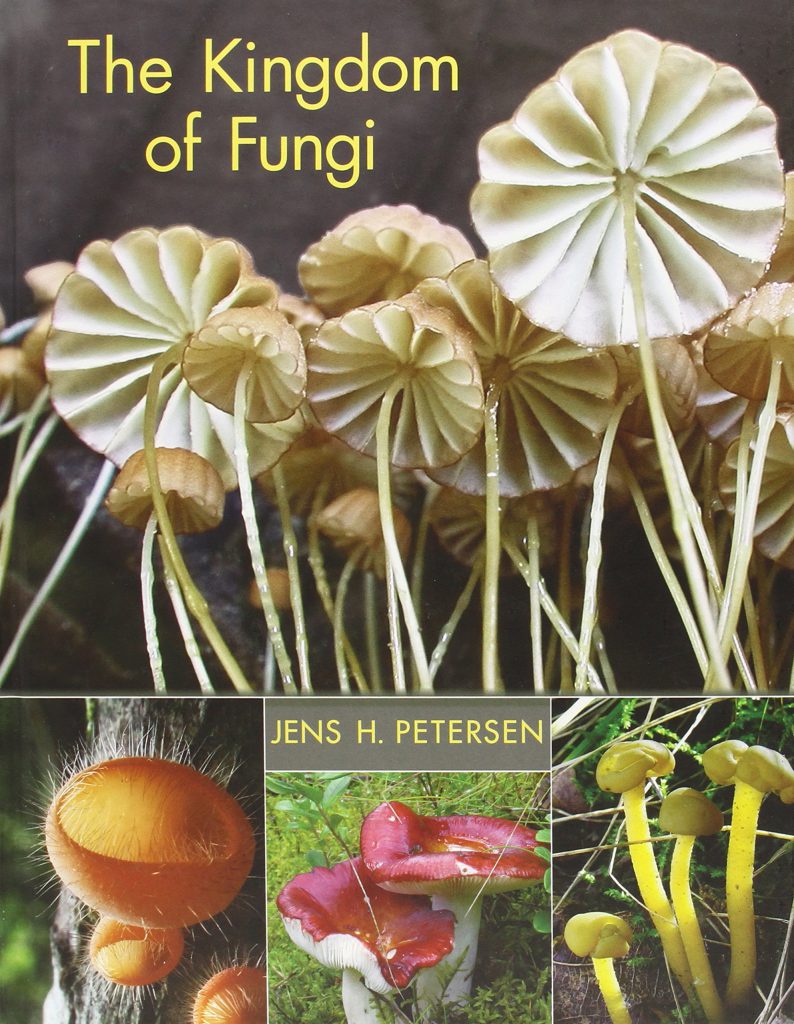
Fungi are important organisms that belong to their own kingdom, completely separate from plants and animals. A hugely diverse group of great economic importance, fungi remain vastly under-studied compared to plants.
It is estimated that there may be anything from 700,000 to 5 million species of fungi in the world. Even using the most widely cited estimate of 1.5 million, this makes fungi more than six times as diverse as flowering plants. Yet only about 100,000 species have so far been described.
Fungi show a great diversity in morphology and habitat. Fungi are heterotrophic organisms, they obtain their nutrients by absorption. The cell wall of fungi are mostly made up of carbohydrate chitin, while the cell wall in plants is made of cellulose. The carbohydrates stored in fungi is in the form of glycogen.
The ‘fruit’ body of fungus is only seen, while the living body of the fungus is a mycelium, it is made of tiny filaments called hyphae. The mycelium is hidden., Nutrition in fungi is by absorbing nutrients from the organic material in which they live. Fungi do not have stomachs, they digest their food before it pass through the cell wall into the hyphae. The hyphae secrets enzymes and acids that break down the organic material into simple compounds.
First, let’s be clear: fungi and Fungi mean different things. The lower case ‘fungi’ is a general word that refers to organisms that all look and act the same, but are not all related. This group is artificial and includes moulds, yeasts, mushrooms, slime moulds, and water moulds (like Phytophthora, the cause of the Irish potato famine and Sudden Oak Death).
On the other hand, ‘Fungi’, with a capital ‘F’, refers to the evolutionary group that includes most of the best known ‘fungi’: moulds, yeasts, and mushrooms, but not slime moulds or water moulds.
Because all of these organisms superficially resemble each other and all do similar things, they were grouped together within the lower plants, including mosses, liverworts, and ferns, for a very long time.
Using DNA sequences and comparisons of cell structure, we have learned that Fungi are in fact more closely related to animals than they are to plants. Superficially, they remind us more of plants than animals because they don’t move, but scratch the biological surface just a little and that’s just about the only thing they have in common.
Fungi also cause a number of plant and animal diseases: in humans, ringworm, athlete’s foot, and several more serious diseases are caused by fungi. Because fungi are more chemically and genetically similar to animals than other organisms, this makes fungal diseases very difficult to treat.
Plant diseases caused by fungi include rusts, smuts, and leaf, root, and stem rots, and may cause severe damage to crops. However, a number of fungi, in particular the yeasts, are important “model organisms” for studying problems in genetics and molecular biology.
Unlike plants, which make their own food, Fungi are like miniature versions of our stomachs, turned inside-out. Fungi ‘eat’ by releasing enzymes outside of their bodies that break down nutrients into smaller pieces that they can then absorb. This feeding strategy means that Fungi always live in and on their food.
Fungi come in many different sizes and shapes. Some are single cells called yeasts, while most are built from masses of tiny filaments. During reproduction, portions of these masses of filaments will differentiate from each other to make complex structures that are sometimes called fruiting bodies. These are best known from the mushrooms, like the iconic fly agaric (Amanita muscaria), but many other types of fruiting bodies are made by Fungi.
Reproduction happens by self-cloning or through sex with compatible partners. Mostly this is accomplished by producing lots and lots of spores, which can disperse far and wide and, with luck, find a mate. But fungi don’t have just two sexes (like male and female), instead they have what are called ‘mating types’, and there can be as many as 20,000 different ones. Not only that but sometimes the filaments that make up the bodies of two individuals will fuse and merge their DNA – an extraordinary way of having sex that neither plants or animals can achieve!
Kingdom Fungi Examples

Some of the examples of kingdom fungi are as follows:
Sac-fungi : Agaricus (mushroom), Ustilago (smut), and Puccinia (rust fungus).
Zygote-forming fungi : Mucor, Rhizopus (the bread mould) and Albugo.
Club fungi: Agaricus (mushroom), Ustilago (smut), and Puccinia (rust fungus).
Imperfect fungi: Alternaria, Colletotrichum and Trichoderma.
Fungi are amazingly well adapted to just about any condition on Earth. But maybe that’s not so surprising – they have had over one billion years to figure it out.
Fungi are tremendously important to human society and the planet we live on. They provide fundamental products including foods, medicines, and enzymes important to industry. They are also the unsung heroes of nearly all terrestrial ecosystems, hidden from view but inseparable from the processes that sustain life on the planet.
You probably use fungal products every day without being aware of it. People eat mushrooms of all shapes, sizes and colors. Yeasts are used in making bread, wine, beer and solvents.
Drugs made from fungi cure diseases and stop the rejection of transplanted hearts and other organs. Fungi are also grown in large vats to produce flavorings for cooking, vitamins and enzymes for removing stains.
If you have any information,questions, or feedback you would like to include in this webpage.
Please email momo19@naturekingdoms.com or leave your comments below.